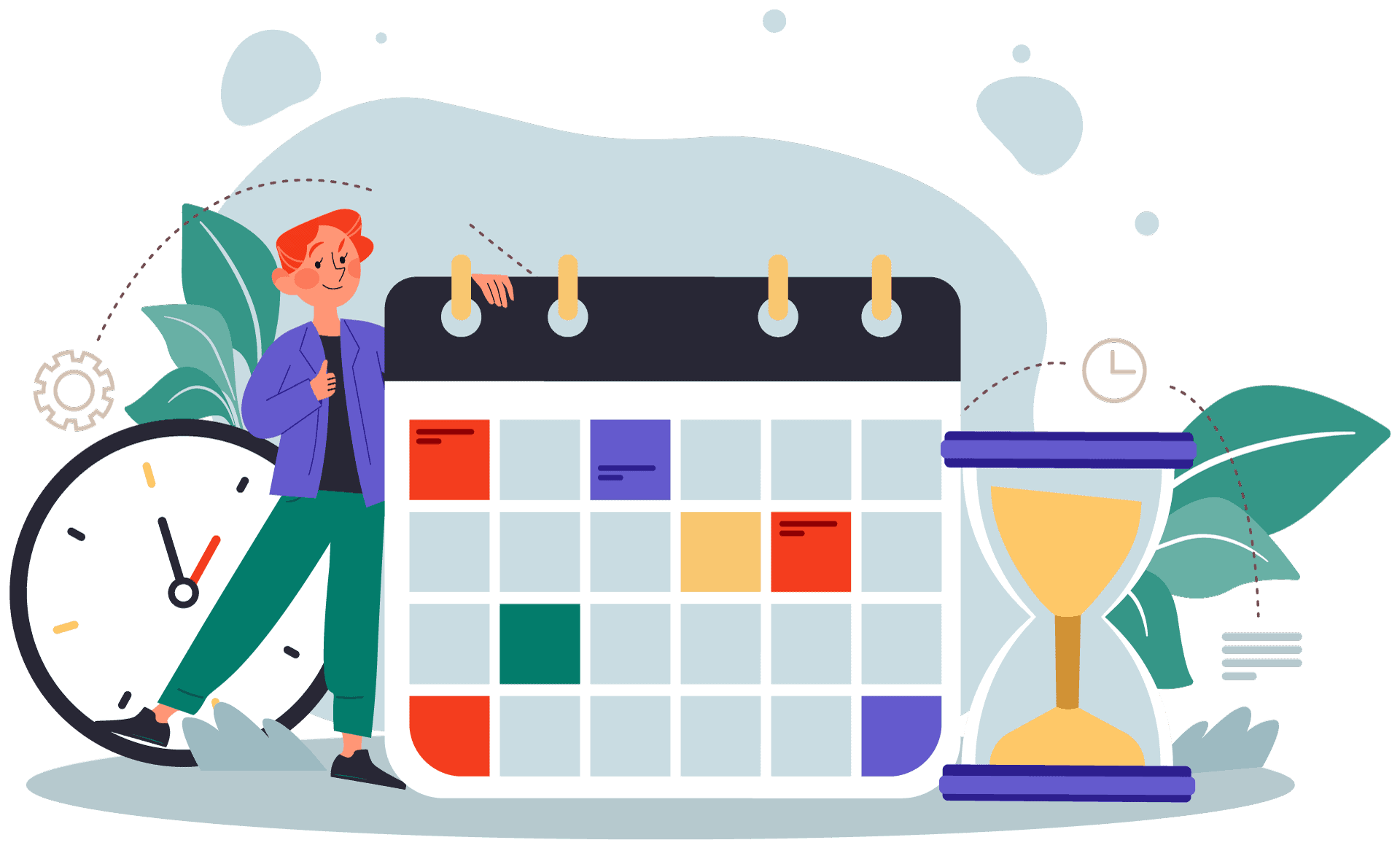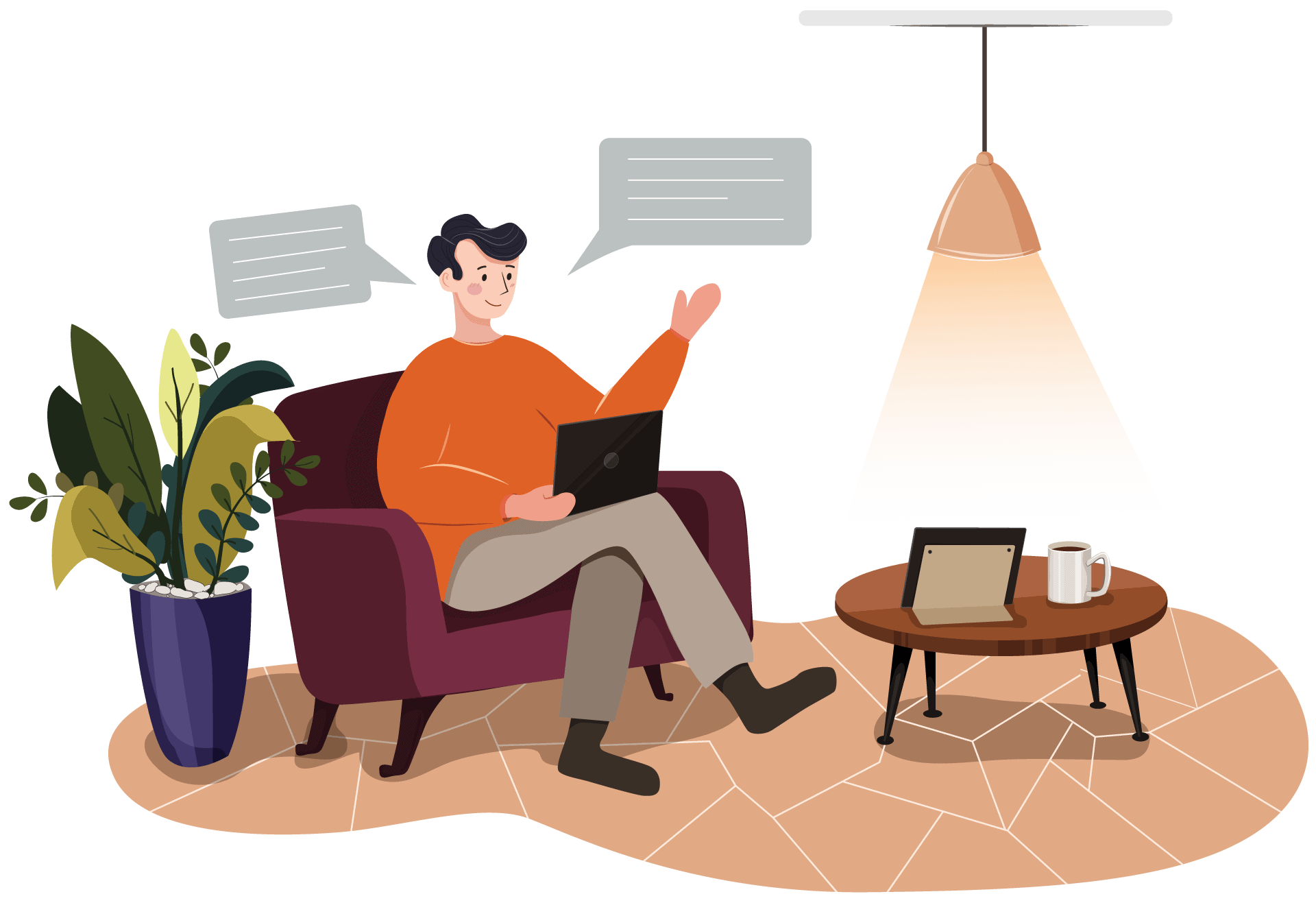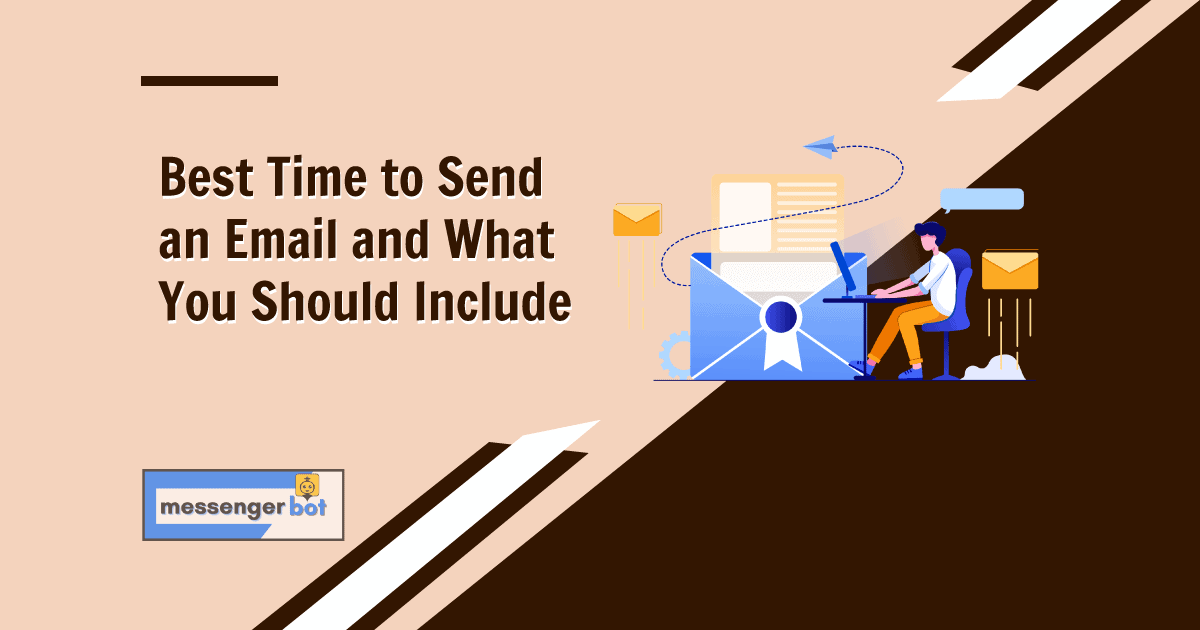The best time to send an email is whenever it will have the most impact on your customers. The best way to find out when this is is by doing some research and finding out what times of day they are most engaged with their emails.
This article will provide you with a few tips that can help you know when the ideal time to send emails would be for your business.
Why is timing important in email campaigns?

Email marketing campaigns can be quite effective if you know how to time them correctly. Numerous factors can influence when the right time is for an email campaign, but there has been a lot of research done on this subject and many studies have proven what works best in different scenarios.
How often should I send emails?

Frequency is one of the most important factors when it comes to email marketing. Emails should be sent as often as possible, but they also need to have a purpose. It’s not enough just to send an email out because you can; your emails must provide value and actually get read by recipients if you want them to convert readers into customers or subscribers.
Email subject lines that are between 12-15 words work best when written succinctly (but still with some flair). If someone reads the headline and knows what the offer is right away, it will increase their chances of opening up the message. But don’t forget: we’re talking headlines only! The body text has to be at least a few sentences long, with paragraphs so the recipient knows what to expect from your email.
If an email is only one paragraph and no more than three sentences, it’s best not to send it out too frequently (only once every two weeks or so). But if your message has multiple paragraphs and covers a certain topic that might interest recipients on some level, then frequency doesn’t really matter as much as consistency does: this kind of email can be sent up to twice per week without any problem. The general rule of thumb here is that for shorter messages like newsletters, sending them weekly will do the trick; whereas longer pieces are best sent out daily.
Is it bad to send emails on Friday?

Sending emails on a Friday may be a bad idea because your email may get lost in the shuffle. Most people are more distracted on Fridays and not as focused, which means any emails you send to them won’t generate responses as quickly or with high quality.
You can still keep sending out an occasional email during the weekend if it’s important for your business goals, but don’t rely too heavily on this strategy since there is always going to be some risk involved.
The ideal time for sending emails is from Monday through Thursday between 12:00 pm EST and 12:00 am EST due to increased productivity rates among employees working outside of office hours (i.e., late at night).
Does the time you send an email matter?

Sending an email at the wrong time can not only be a waste of time, but it can also leave you looking unprofessional. That’s why understanding the best times to send emails is important for anyone who wants their messages to get noticed and read.
It all depends on your target audience and what they would prefer from an email sender: do they want something that comes before work in the morning, or does it need to come after lunch when everyone has settled back into work mode? Do they want something at night before bedtime – or are they expecting you first thing tomorrow morning because this is how people schedule themselves now (and have done so since forever)? It really does depend – there isn’t just one correct answer!
Your email subscribers may be working on different schedules, so you’ll want to send an email at the time they are most likely checking their inbox.
What is the best time to send an email campaign?

Choosing the time to send emails is important in an email marketing strategy. The optimal time of day to send an email is typically in the morning, between 12-12:30 am.
However, experiments have shown that emails sent during late nights and early mornings may perform just as well if not better than those sent in the middle of the day. The best strategy for determining when your subscribers are most likely to read their email would be experimenting with different times of days until you find a pattern that works best for you.
Sending your emails during work hours is often considered to be a bad idea because so many people are not checking emails during work hours.
Additionally, sending emails on weekends is also discouraged for the same reasons that you should avoid emailing your contacts during weekday work hours. If you do send an email campaign at this time, make it brief and include links to your blog posts or other content updates to keep them reading (more).
Does timing affect click-through rates?

Clickthrough rates are the percentage of people who click on a link in an email but don’t necessarily open the email.
Some use this information to gauge how interested someone is in reading their message before clicking through to read it.
Others take into account that many emails are opened hours after they’re sent and also have other mysterious factors such as spam filters and inbox clutter that can affect when you send an email.
So if someone sends one at noon expecting high clickthrough rates because everyone’s checking their work emails during lunchtime, but no one clicks, then maybe they should try sending a few more later in the day or even tomorrow morning instead of just assuming all those unopened messages were ignored because they were sent at the wrong time.
If you’re sending promotional emails, the best time to send them is on a workday at 8 AM where you can get a high open-rate.
If you want to increase clickthrough rates, make sure people will still be engaged with their inbox when they receive your email!
For a while now it has been widely believed that sending emails earlier in the day – even first thing in the morning – would result in higher click-throughs because everyone checks their work emails before noon and throughout lunchtime. But recent studies have shown this may not always hold for all industries and companies as industry standards for communication are constantly changing.
According to Campaign Monitor’s research, Thursday is the best day for high open rates while Tuesday is the best for high click-through rates.
This doesn’t mean timing no longer matters; it just means we need to be more strategic about how we use strategically send our messages based on what we know about how our recipients will react to them.
Click-to-open rate, on the other hand, is the percentage of people who open an email and then click on a link inside. It can be a blog post or a link to a product.
It is much more important than just looking at your overall open rates because it measures how engaged someone was with reading your message before they did anything else.
The formula for calculating this rate is (Open Rate x 100) ÷ Total Opened Messages = Click-to-open Rate, which means if you have 25% total opened messages but 50% clicked links in those emails, that’s a click to open ratio of 20%.
What should I include in my emails?

Include links, images, or videos (more on these below) within your content; this will make it more interactive and engaging. Keep your messages concise yet informative by providing value to readers who open them up – helpful tips, advice, or information that is relevant to the recipient.
Your subject line should be clear and include keywords to get the reader’s attention. Use short sentences to keep readers engaged, especially in a world where people are constantly on their phones or computer screens (and reading your email while doing so).
You should also use images that relate to the content of your message; this will ensure clicks as well as engagement among recipients. The image you choose must not exceed 400px by 600px in size for optimal performance within an email campaign – any bigger than this and it may not show up properly when someone opens your email!
Images from websites such as Flickr can be downloaded free if they have appropriate licenses for commercial usage. Other options would be free photo sites like Pixabay or more expensive stock photography platforms like Stocksy.
You can also promote your new blog posts on your email campaigns.
Do I need to use bullet points?

An email campaign should not be overwhelming with information. It is important that the reader can quickly see what you are offering and where their attention needs to go next so make sure you include a brief introduction (which could also serve as your subject line) before getting into specific details, such as how they will benefit from subscribing or any other pertinent questions on why they should subscribe in general.
Bullet points are often ineffective because people skim them too fast – when writing an email it would be better for readers if there is more content available than just text all at once within paragraphs. If you do feel like using bullets, try presenting them in a list format rather than one by one.
Tips to Boost Your Email Marketing Campaigns

Your starting point should be collecting data about your target audience. You can use tools like Google Analytics or Facebook Insights to learn more about your target audience. As email marketers, we need to know whether or not our messages are resonating with the people we’re trying to reach.
Determine your goals for each email campaign and make sure they align with those of your company. This will help you determine the type of content that is appropriate to use in emails as well as what should be included within them so readers can easily understand why they would want it.
Use social media platforms such as Facebook, Twitter, Instagram, and LinkedIn to promote your new blog posts regularly; this increases exposure among potential followers who may have missed out on earlier postings or simply don’t regularly check them – but still follow you on these other sites!
Invest time into crafting compelling subject lines that prompt responses from recipients.
Use a catchy subject line to get the reader’s attention and make them want more information from you!
You also have to consider having a responsive design for your emails. The design should be responsive to mobile devices as most of your audience is mobile users. You should also consider that desktop users usually open their emails mid-day.
Your subscriber’s time zone is also an important factor in choosing the best time to send emails. If you set a time to send your emails, all of your subscribers will receive the emails at the same time in their own time zone.
Conclusion
Sending email blasts at the wrong time can put a damper on your company’s productivity, but following these tips will help you avoid that.
Moreover, a tool like Messenger Bot can help you send emails at the right time of day, which is when your customers are most likely to be checking their inboxes. In addition, tools like Messenger Bot can make it easier than ever to send an email blast at just the right moment with its built-in scheduling features!
Following these tips will help you avoid sending email blasts at the wrong message and give your company a better chance for success.




